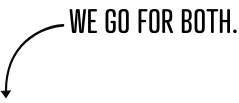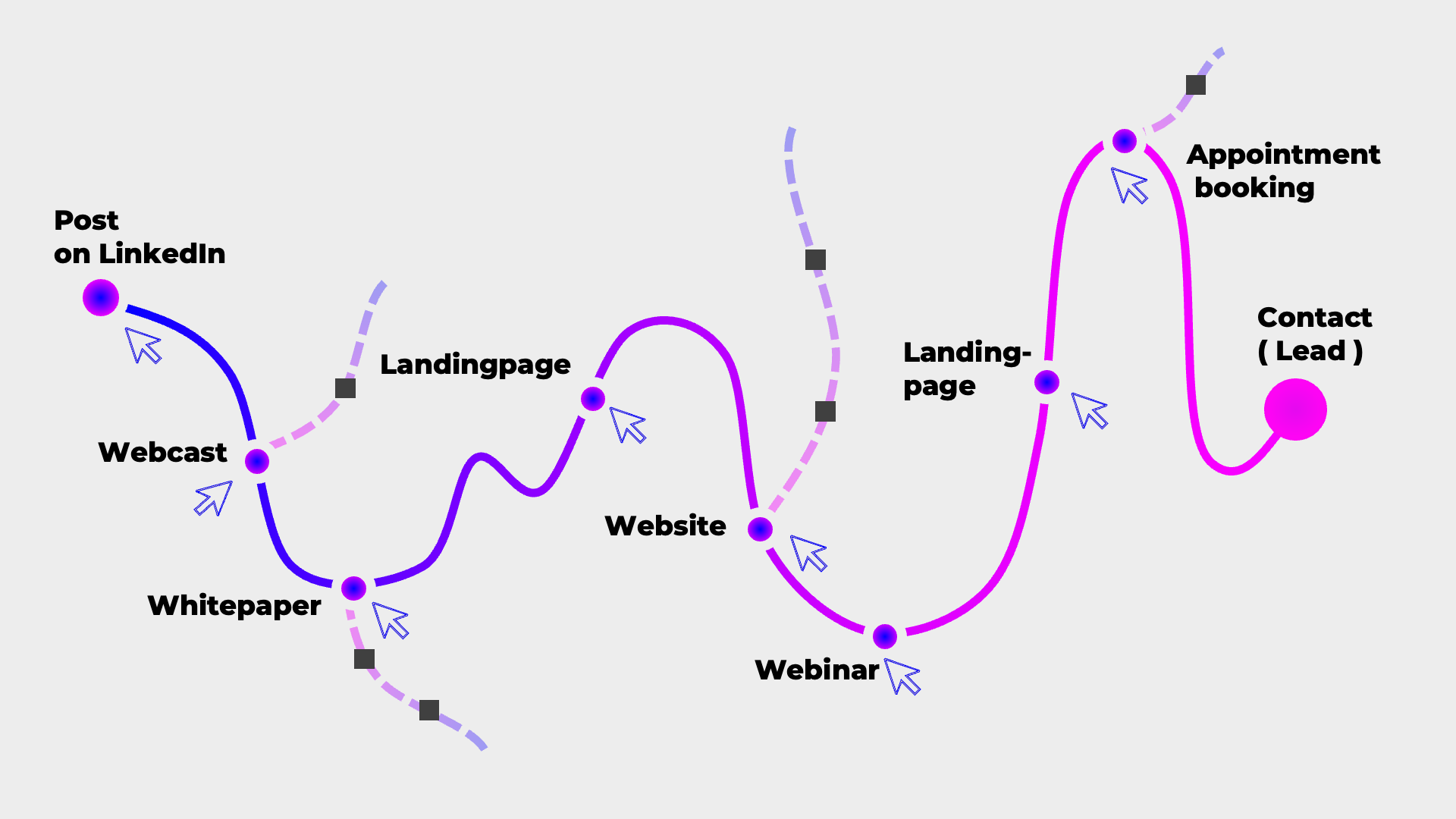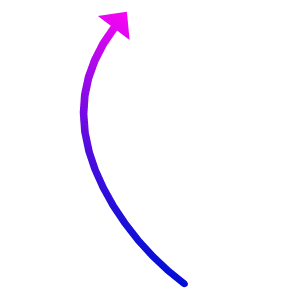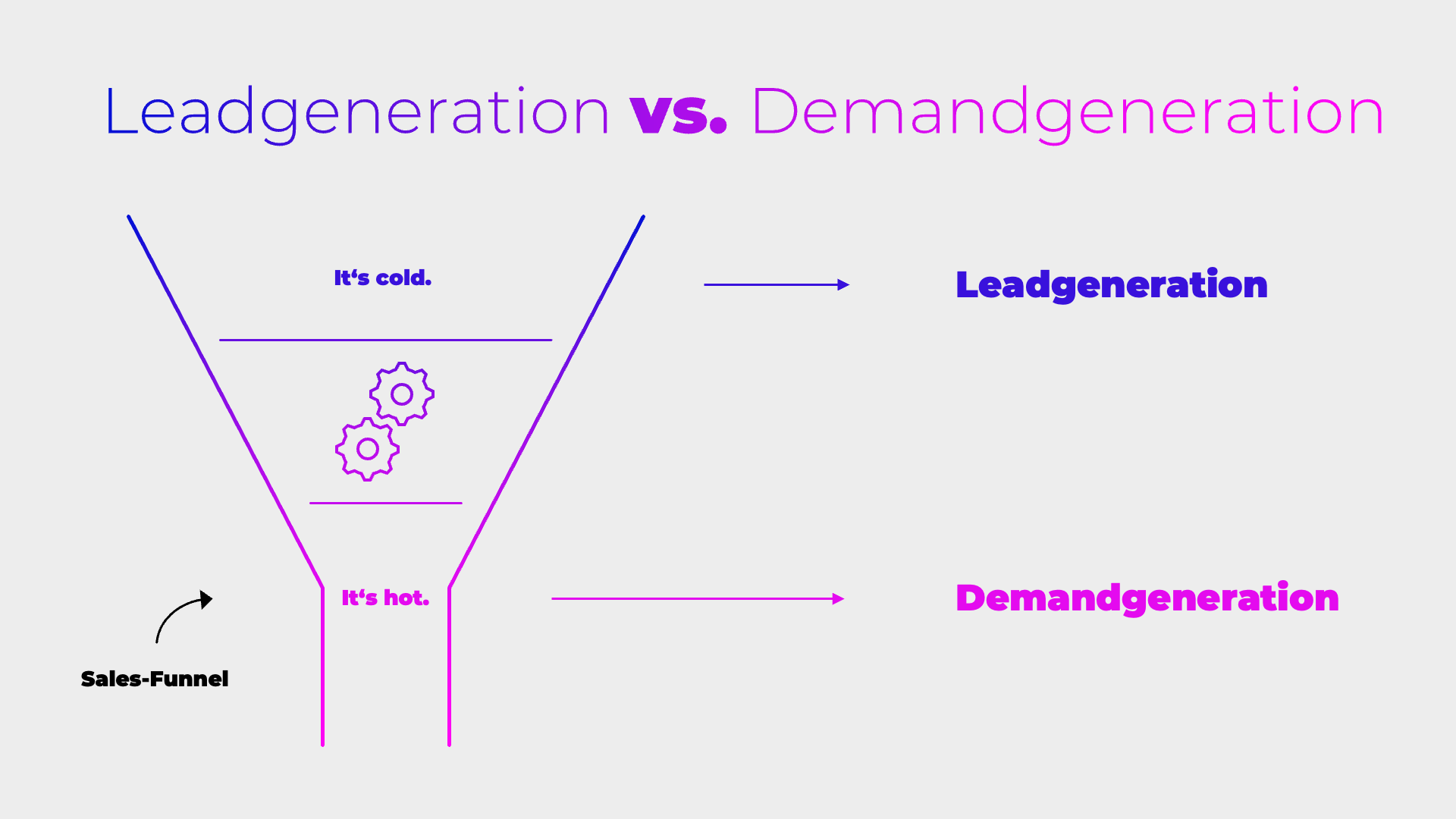B2B marketing on LinkedIn.
this is how
the pros work

and demand generation (demand) play a role. Ideally, you focus on both.
Because in practice, the customer's journey can sometimes look like this:


Quick & Dirty.
Leadgen vs. Demandgen.
Lead generation and demand generation are like fraternal twins you can’t do without in marketing complex products.
Demand generation aims to create awareness, interest, and demand, especially when your target audience may not be aware that they could have a need for your offering.
On the other hand, lead generation aims to capture contact information of potential customers who are a step further. It involves those who have recognized the need and show interest or purchase intentions.
Both sides of the coin are needed to orchestrate successful marketing – AND you have to coordinate them well.
01
What does demand generation want?
In demand generation, the focus is on those who have NOT searched for a product or service.
So, the goal here is to show them that you and your offering exist. With demand gen, we aim to create awareness and anchor the product and service solution in the minds of the target audience before they’ve even thought about it themselves. A bit like Inception. Yes.
The motto of demand generation is: Shi(f)t happens. The need will come.
- Expansion of market volume: The more people become aware that there is a solution for their (future) problem, the more we can inspire in the long term.
- Demand gen ensures more effective sales conversations because potential customers are on the verge of a final decision and are already convinced.
- By building trust through content, the duration of the sales cycle shortens, and the closure rate of sales conversations increases – No more Cold Calls.
- The use of digital and analog touchpoints ensures even greater trust in the product – it’s crucial to build the right customer experience here.
What does Lead generation want?
02
Lead generation has its origins in marketing. The goal here is to identify potential customers, capture their contact information, and quickly turn them into happy customers.
The focus is on building a pool of already convinced leads, so that they can be converted into customers with minimal marketing and sales effort.
- Targeted marketing of product solutions to those who already know they want to buy and only the final details need to be clarified.
- Inquiries are quickly generated and captured. These prospects can then be turned into customers through further marketing activities.
- Through targeted communication and (partial) automated processes, inquiries are pre-qualified, allowing the sales cycle to continue.
- These are short-term measures that fill the sales pipeline. Lead generation thus ensures a rapid increase in revenue and brand awareness.
03
Lead- and demand generation:
Brother and sister
A sustainable B2B marketing strategy ALWAYS combines lead generation and demand generation in a full-funnel approach.
Because a full-funnel aims to guide potential prospects through all phases of the human buying decision. From the first contact to the purchasing decision.
The challenge is to combine lead generation and demand generation in a way that excites your prospects with the information they need in their respective decision phases.
This is the only way you will ultimately ensure customers and revenue.
LinkedIn for Full-Funnel Strategies. Well, why not?
LinkedIn marketing is ideally suited to unite both strategies.
Because if information is supposed to inspire in the long term, you need emotional cookies that are set daily – preferably without feeling like advertising.
On LinkedIn, you can do that. Here, you can create demand among your target audience through regular posts by brand ambassadors (demand) AND subsequently generate leads through supporting campaigns (lead).
Integrating both approaches on LinkedIn? Fantastic!
